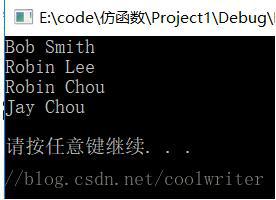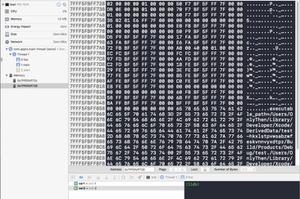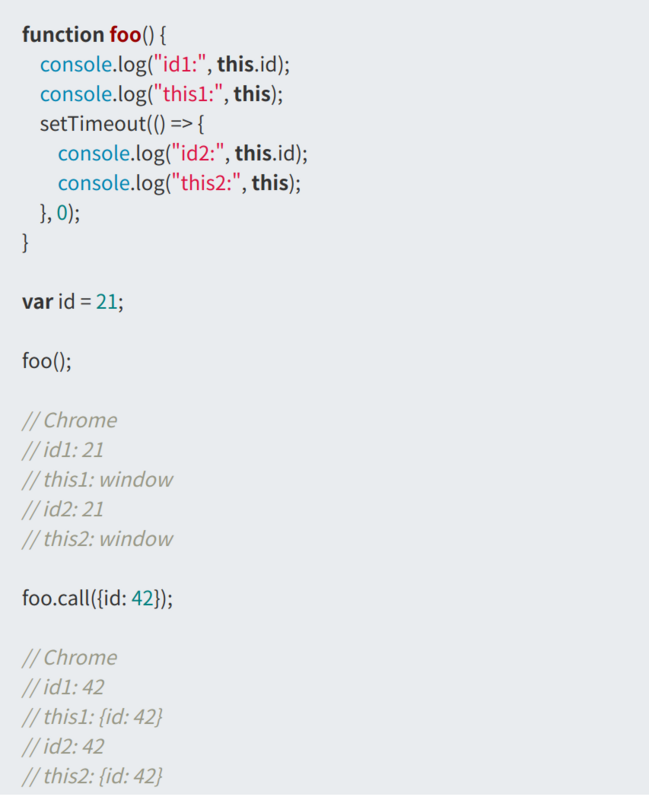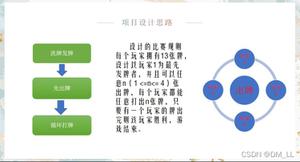箭头函数和括号()或{}或({})的使用
我不明白为什么 我们不需要
的文字包装在({})大括号中,而不是在此示例中将文字包装在单个()大括号中。为什么?我已经上网冲浪了,但是找不到答案。
还有为什么我们将论点放在双括号中({}),而不是仅仅放在右括号中()?
const FilterLink = ({ filter, children }) => ( <NavLink
to={filter === 'SHOW_ALL' ? '/' : `/${ filter }`}
activeStyle={ {
textDecoration: 'none',
color: 'black'
}}
>
{children}
</NavLink>
)
回答:
使用({})是destructure参数和=>
()是等价的回报隐含=> { return
()}并且(仅提供一个对象的开始和功能体的开口括号之间的歧义,当你有一个多返回值一般会被使用。您可以简单地避免使用(并将NavLink其与箭头放在同一行=>
const FilterLink = ({ filter, children }) => ( // <-- implicit return <NavLink
to={filter === 'SHOW_ALL' ? '/' : `/${ filter }`}
activeStyle={ {
textDecoration: 'none',
color: 'black'
}}
>
{children}
</NavLink>
)
相当于
const FilterLink = ({ filter, children }) => { return (
<NavLink
to={filter === 'SHOW_ALL' ? '/' : `/${ filter }`}
activeStyle={ {
textDecoration: 'none',
color: 'black'
}}
>
{children}
</NavLink>
)
}
以上是 箭头函数和括号()或{}或({})的使用 的全部内容, 来源链接: utcz.com/qa/423827.html








